As published in

In 2024, the Philippines and the United Arab Emirates marked 50 years of diplomatic relations, an anniversary both governments used to launch a new phase of strategic cooperation. On a visit to Abu Dhabi in November—the first by a Philippine leader in more than 15 years—President Ferdinand Marcos Jr. met with UAE President His Highness Shaikh Mohammad Bin Zayed Al Nahyan, commenting after: “I reaffirmed the Philippines’ commitment to further strengthen our bilateral ties.”
At the centre of the growing bond between the two nations is the Comprehensive Economic Partnership Agreement (CEPA) that is currently being finalised. The deal will be the Philippines’ first free trade pact with a Middle Eastern country and affirms the strength of the existing relationship while unlocking new potential in trade and investment. “This will be a historic milestone for Philippine trade policy,” said Special Envoy to the UAE for Trade and Investment Kathryna Yu-Pimentel.
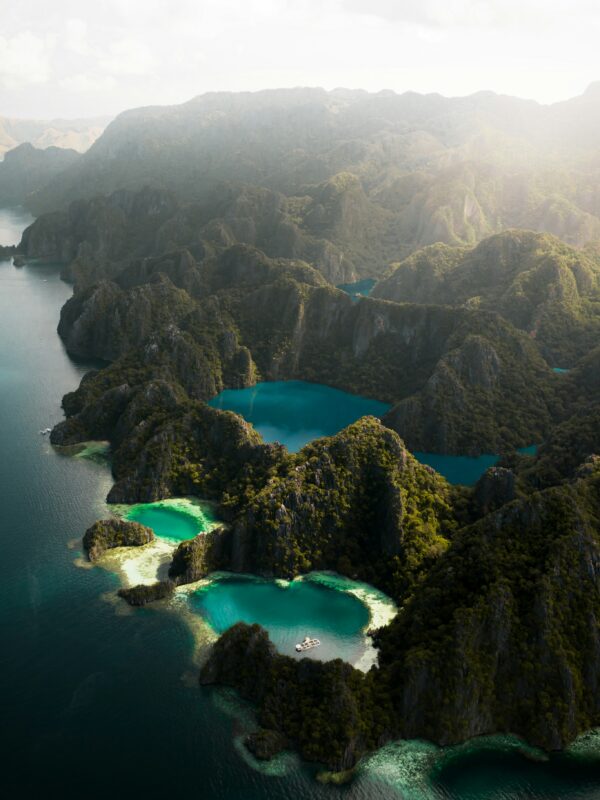
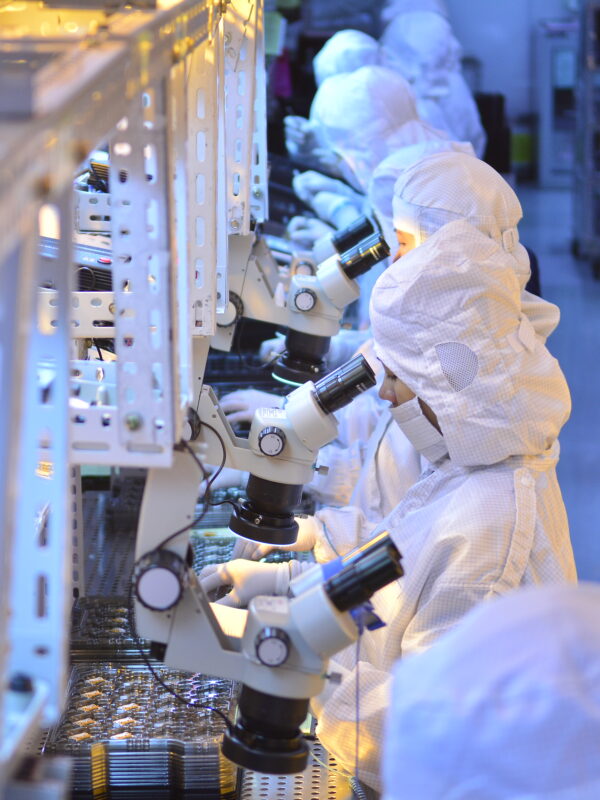
The deal seeks to build on trade flows that already show momentum. According to the Philippines’ Department of Trade and Industry, in 2023, the latest year for which figures are available, total trade reached $1.88 billion—more than double the 2021 number. The UAE is now the Philippines’ largest trading partner in the Gulf and a key market for Filipino exports, from electronics to processed food. The CEPA is expected to reduce tariffs, enhance investor protections, and foster further exchanges.
Capital flows are expected to accelerate as a result. In the last four years, the UAE committed more than $193 million in foreign direct investment to the Philippines, according to the Dubai Chamber of Commerce. On a landmark visit to Manila in February 2025, UAE Investment Minister Mohamed Hassan Al Suwaidi noted: “We really don’t understand why we haven’t historically invested more, and given the number of opportunities we see, whether it’s in infrastructure, industrial mining, telecommunication, data centres or renewables—the size of opportunities is tremendous.” This aligns with the Marcos administration’s Build Better More initiative, which targets key infrastructure projects across sectors from public transport to health.
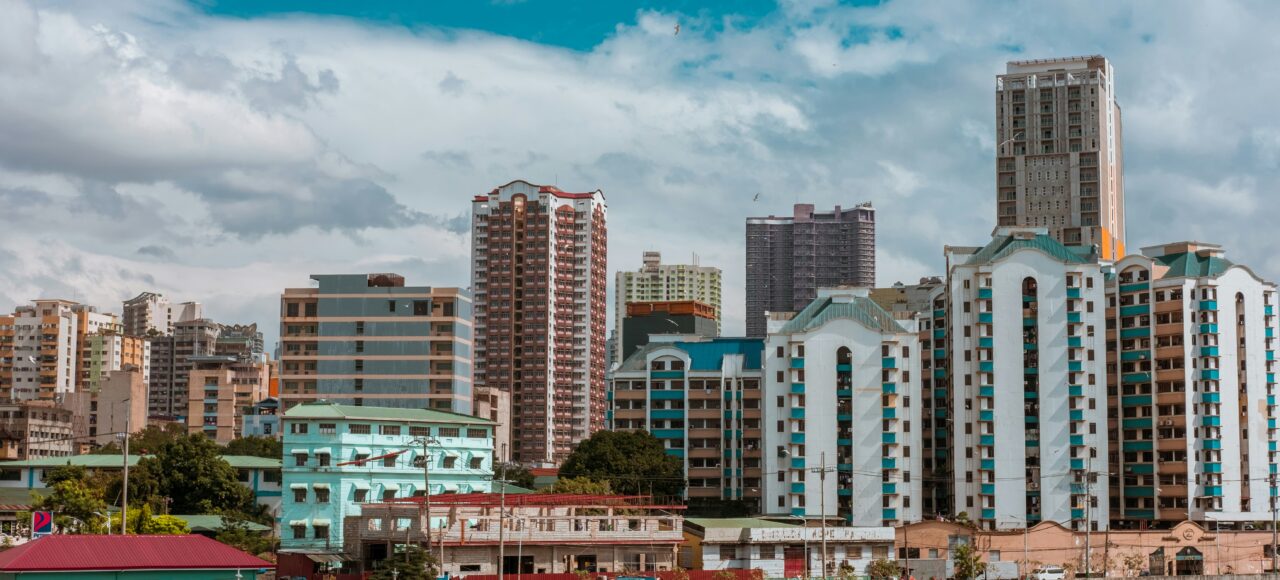
Energy is already a flagship sector. A $15 billion agreement signed with Masdar in 2024—across solar, wind and battery storage systems—will deliver up to one gigawatt of clean power, supporting the Philippines’ goal of increasing the share of renewables to 50% by 2040. Other Gulf-linked initiatives in grid resilience and green hydrogen are also in discussion.
Healthcare collaboration is also expanding, with initiatives ranging from professional training to telemedicine, building upon the contributions of over 30,000 Filipino medical workers in the UAE. That figure highlights the people-to-people connections that underpin the enduring bond between the two nations. UAE statistics estimate 700,000 Filipinos are based in the country as overseas workers, making it the second largest such diaspora in the Middle East.
Across numerous sectors, the bilateral agenda is broad. In 2024, the two nations signed agreements covering artificial intelligence, digital economy, energy transition, legal cooperation, and cultural exchange. Notably, a memorandum of understanding was signed to facilitate the development of data centre projects in the Philippines with a capacity of up to 500 megawatts, aiming to bolster digital infrastructure and economic growth. As Yu-Pimentel told a delegation from the Dubai Chambers: “The Philippines is open, ready and eager for stronger trade and business ties with the UAE.”

Since her appointment in August 2024, Secretary Cristina Aldeguer-Roque has led the Philippines’ Department of Trade and Industry (DTI) with a clear directive: “We are focused on foreign trade, international trade, and foreign investments—we are ready to go.”
Under the Bagong Pilipinas framework, the DTI is driving growth through aggressive policy reforms and roadshows. The CREATE MORE Act, in particular, which came into effect in 2024, is a tax incentive scheme that the department is focusing on. “It is very attractive to foreign investors,” Aldeguer-Roque says. “We have received a lot of interest, and many industries that are already here are looking to expand into other sectors because of this act.”
Renewable energy is also a top priority for the DTI. “We need power, and we need to reduce the cost of power,” the Secretary states. “Lowering the cost of power will directly impact our competitiveness in the market.” The arrival of UAE’s clean energy leader, Masdar, in the Philippines’ market has therefore been welcomed: “It is a good time for them to enter.”
With CEPA negotiations in the final stages, UAE-Philippines trade is poised for expansion. Backed by a pro-foreign trade administration, Aldeguer-Roque’s message to UAE investors is direct: “We are one of the best, if not the best, investment destinations in Asia now. We have everything to offer.”
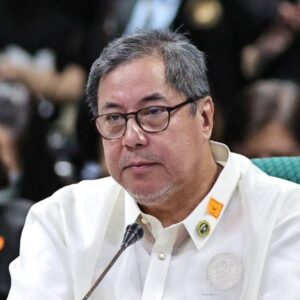
Dr. Teodoro J. Herbosa, the Philippines’ Health Secretary, outlines how targeted investments—from hospitals to AI-powered healthcare—can boost economic growth and modernise the country’s medical system.
Q: How can investments in healthcare drive national economic growth?
Human capital development depends on investing in the workforce. In the UAE, for example, building homes and hospitals creates jobs. Healthy workers can keep earning, which sustains national income.
Healthcare still requires public investment. Health is already the third-largest budget item in the government. I aim for it to be the highest.
Q: What are your plans for a UAE-funded hospital?
I am planning a large general hospital with three specialty centres. My focus is on hypertension, diabetes and cancer. We can build one in Luzon while preparing more Muslim doctors who will stay in their communities. Scholarships are being offered, but building a nursing workforce takes time.
Q: What types of projects beyond hospitals would you like to see UAE investors support?
I am impressed by how the UAE uses data analytics and AI to improve population health. I would like to apply similar models in the Philippines. Support from UAE-based startups and innovators could help us expand digital health here.
Asian Hospital first opened its doors to patients in 2002. In the years since, it has built a world-class reputation and become one of the most advanced healthcare institutions in the Philippines.
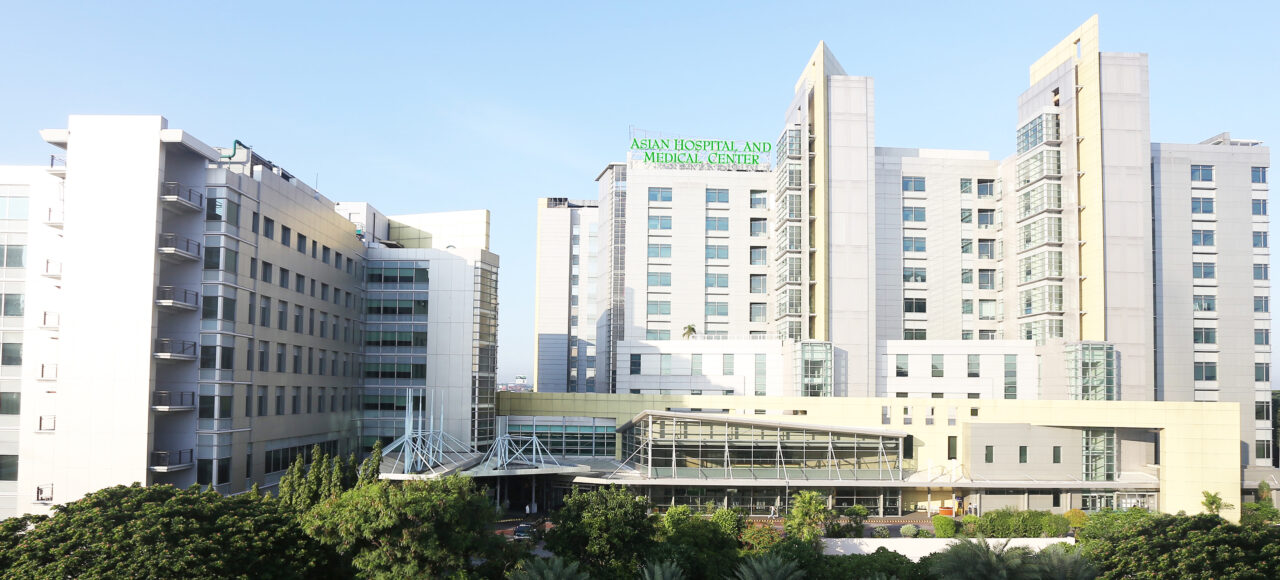
Asian Hospital and Medical Center (AHMC) is committed to providing the best in patient care across a range of specialties. Ongoing investment in state-of-the-art technology, training and infrastructure underpins the hospital’s mission, ensuring access to innovative treatments delivered by dedicated professionals. By combining internationally trained doctors, world-class medical technology and excellence in care that aligns with global standards, AHMC’s focus is on providing a first-class patient experience and the best possible clinical outcomes. This is reflected in its accreditation by the Joint Commission International as one of the most advanced healthcare institutions in the Philippines.
“We are able to offer cutting-edge treatments while ensuring that everyone, regardless of background, receives the highest standard of care,” explains President and CEO Dr Beaver R. Tamesis. “The hospital’s cardiovascular and oncology departments remain a top priority, with molecular biology—particularly next-generation gene sequencing and liquid biopsy—an area of growing interest.” AHMC is currently upgrading its cancer care and radiation therapy capabilities with the implementation of the country’s first “CyberKnife”. Designed to deliver pain-free and non-invasive cancer treatment with the highest levels of precision and efficacy, including for children, the technology is exclusively available at AHMC from July 2025.

Beyond investment, AHMC is exploring new ways to expand patient access to treatments, reinforcing its twin commitments to accessibility and value for money. This determination to provide the highest quality care at affordable costs has led to joint initiatives with the government and state-owned insurance corporation PhilHealth. One example—no-balance billing—ensures that even those on low incomes can receive care. “Currently, about 55% of our radiotherapy patients benefit from this programme,” says Dr Tamesis. “As a result, we are serving a broader base of patients who might not have previously considered Asian Hospital.” The hospital is also working directly with pharmaceutical companies to lower the costs of speciality drugs, enabling AHMC to provide critical medications at some of the lowest prices in Metro Manila.
AHMC’s ultimate goal is to continue growing as a major oncology centre, delivering over 4,000 treatments monthly. Says Dr Tamesis, “By working closely with experts, both locally and internationally, we are able to offer cutting-edge treatments while ensuring that everyone, regardless of background, receives the highest standard of care.”